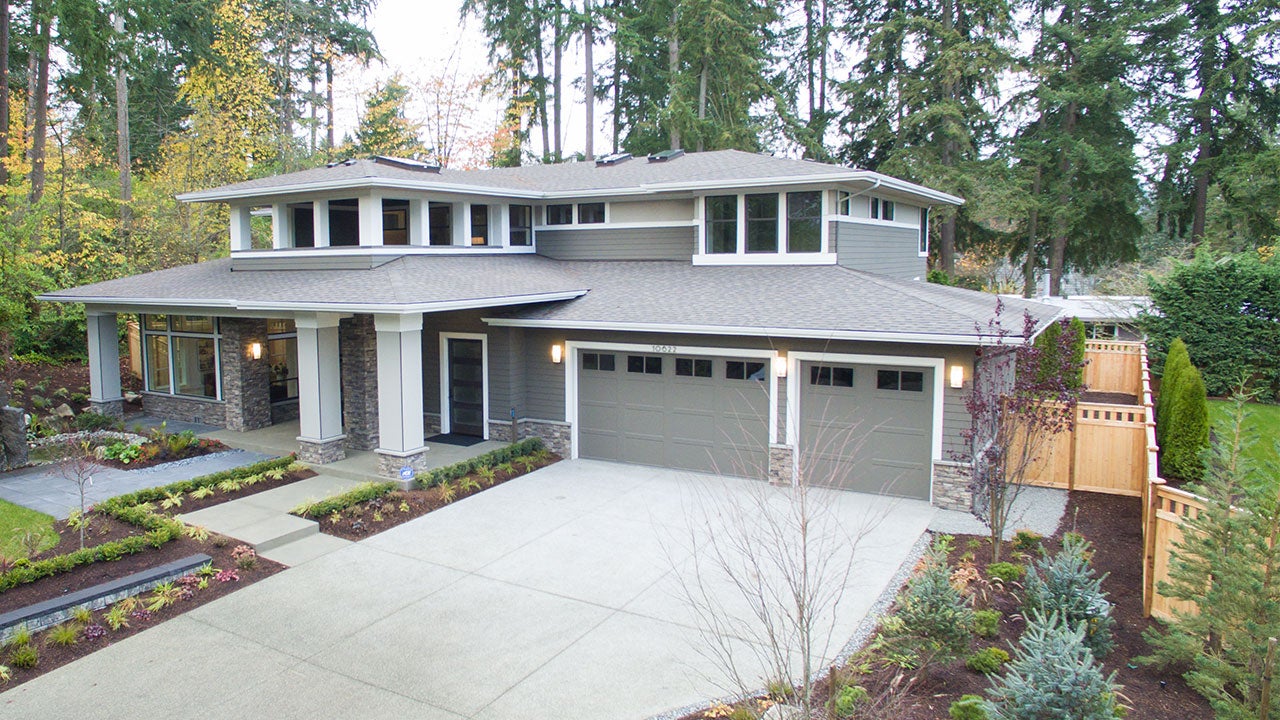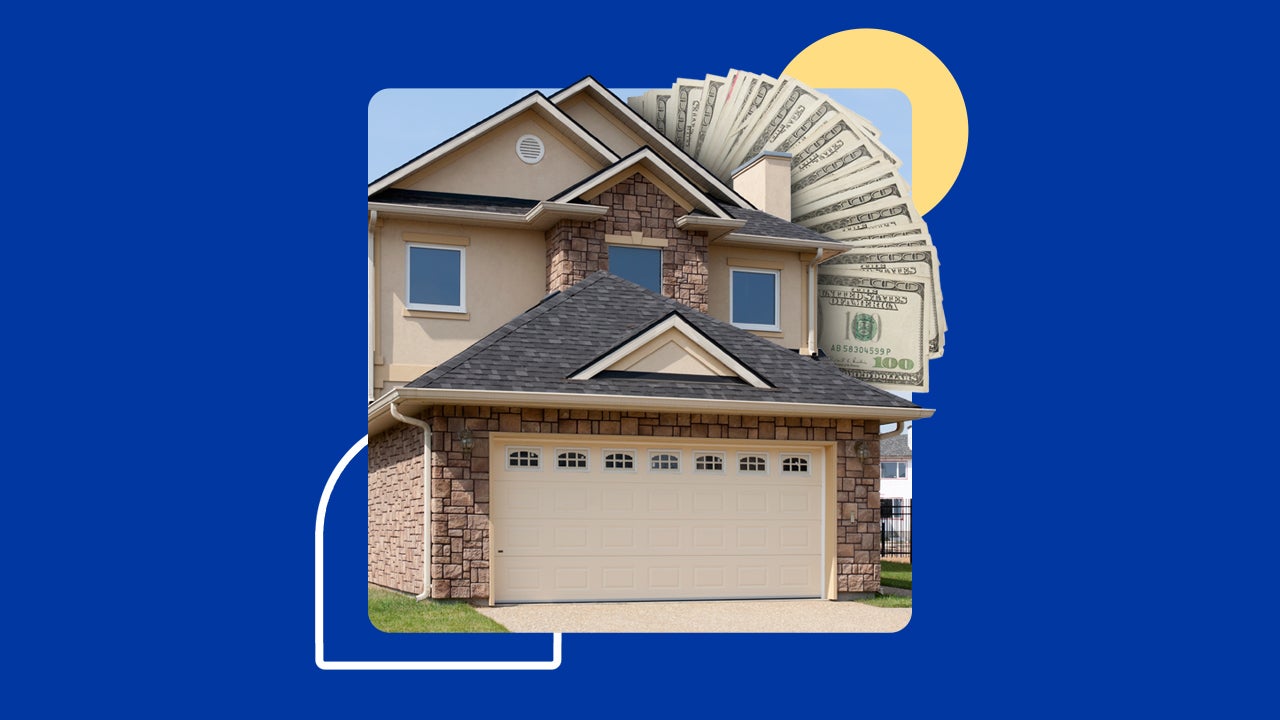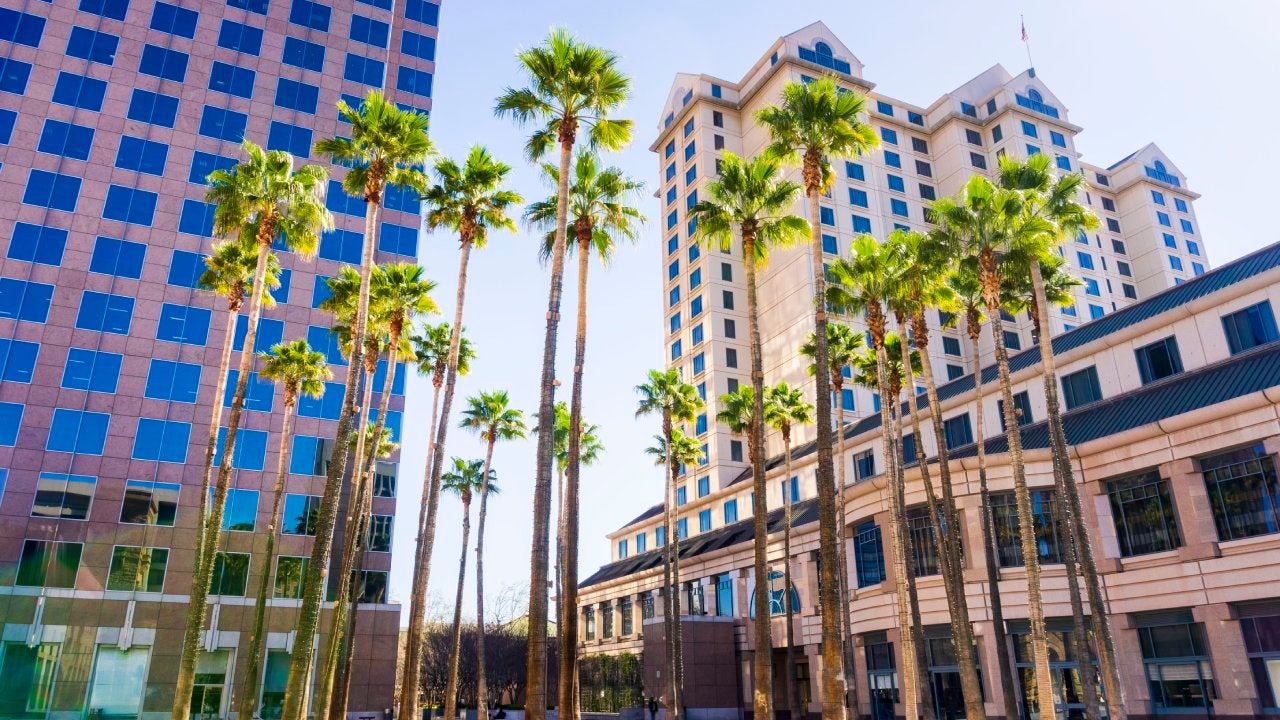What are common areas?

Common areas in real estate are elements of a property available for use for all tenants, residents or owners. Common areas are governed by building or management rules.
What are common areas in real estate?
Common areas can include both functional areas of property, like hallways, lobbies, sidewalks, elevators and stairs, and amenities, like parking lots, swimming pools, parks, gyms and laundry facilities. If people in a residential building or development are free to use a space, it is likely a common area.
What are the types of common areas?
For real estate purposes, the phrase “common area” has different importance if it is used in reference to a commercial building, apartment building or condo associations and planned communities.
Commercial real estate common areas
In a commercial office building, common areas can include reception areas, lobbies, reception rooms and even cafeterias. Common areas may have rules tenants must follow, including what type of furniture and decoration you can use in waiting rooms.
Use of the common areas is governed by the lease. A common area maintenance fee is assessed on store owners to pay for snow plowing, window washing and other maintenance.
In an apartment building with over four units — which legally is considered a commercial property —the common areas might refer to infrastructure: the hallways, doors, elevators and lobby. It also encompasses any amenities, like storage rooms, laundry rooms and lounges and recreational facilities indoors or out.
Residential real estate common areas
In condo associations and HOA communities, the common areas are jointly owned by the homeowners, who must pay a common area assessment for their maintenance and upkeep.
In some condominiums, spaces like balconies, though used by a single tenant, are considered common areas. These are called “exclusive-use common areas.” This allows the condominium association to dictate the use of a balcony. It could, for example, forbid using barbecue grills and painting the railings. If the balcony needs repair, however, ownership makes that repair the duty of the condo association.
Who pays for common areas?
Common areas are paid for and maintained differently depending on the type of property. Commercial real estate leases typically bake the cost of the common areas into their prices. Homeowners associations and condos pay for maintenance on common areas through the HOA dues or monthly carrying charges.
Are common areas taxed?
A significant amount of case law is dedicated to the valuation of common areas for property taxes. While well-maintained common areas can support high property values, and amenities such as pools may factor into the decisions of whether to rent or buy into a building or community, most courts have held that common areas have only nominal value.
You may also like


What income do I need to afford a $400K house?

Best places to live in California in 2023



